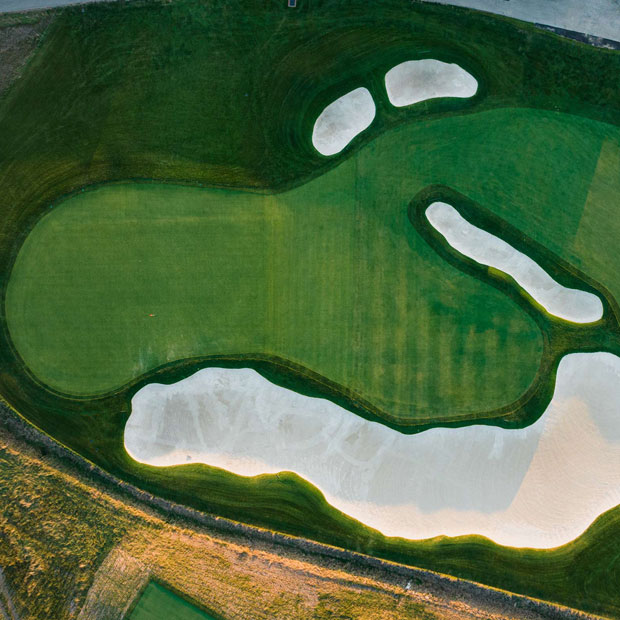Why Courses Like Harbour Town Should Be More Common on the PGA Tour
A course like Harbour Town is an outlier on the PGA Tour schedule, but it doesn't have to be


This week’s elevated, I mean, designated, I mean SIGNATURE event at Harbour Town leaves a lot to be desired, coming as it does directly after the Masters. There is no world in which this event can have the juice that an event gathering the very best of the PGA Tour in one place should have. It’s an atmosphere that feels less like a key week on the calendar and more like how it feels to nurse a bloody mary the morning after the first night of a bachelor party. The event following the Masters is and will always be a hangover week, not the showcase spectacle the Tour intends for signature events. Despite the unfortunate calendar placement, one aspect of seeing Harbour Town host a large collection of the world’s best golfers remains delightful: it showcases how a different type of golf course can impact who thrives on the PGA Tour.
Harbour Town is an outlier in terms of PGA Tour courses, in that precision is favored over power. It devalues driving distance more than almost any other course on Tour. This thrusts other skills such as approach and short game to the forefront. It’s especially apparent in this era of power dominating the sport. If we played all of our events at Harbour Town it’s likely the top-25 in the world would look a lot different than it does now. This illuminates the need for a wide variety of courses for signature events. When setup and golf design at the highest level is homogenous, it isn’t good for the game as a whole. The Tour should want to compete across a variety of courses and designs in order to showcase their wide-ranging, diverse talents.
In Formula 1, the race tracks are diverse, rewarding different skills. This dynamic amplifies the range of storylines that each unique event can produce. Can a driver who has historically struggled on one style of track evolve and improve? How did they tweak their car setup or train themselves to do this? It would be similar to a notorious power player such as Jake Knapp winning at Harbour Town, a course that actually takes away his strongest skill. With fewer players in these fields, additional storylines are critical to these events being able to generate interest. As the PGA Tour looks to the future, they should be able to attract some stronger venues for signature events thanks to the smaller footprint and prestige involved with smaller, more star-studded fields. It would be wise for the PGA Tour to consider the diversity of venues and their respective tests in order to show off the most interesting array of talent and storylines they possibly can.
This piece originally appeared in the Fried Egg Golf newsletter. Subscribe for free and receive golf news and insight every Monday, Wednesday, and Friday.
Leave a comment or start a discussion
Engage in our content with thousands of other Fried Egg Golf Members
Engage in our content with thousands of other Fried Egg Golf Members
Get full access to exclusive benefits from Fried Egg Golf
- Member-only content
- Community discussions forums
- Member-only experiences and early access to events





.webp)





Leave a comment or start a discussion
Lorem ipsum dolor sit amet, consectetur adipiscing elit. Suspendisse varius enim in eros elementum tristique. Duis cursus, mi quis viverra ornare, eros dolor interdum nulla, ut commodo diam libero vitae erat. Aenean faucibus nibh et justo cursus id rutrum lorem imperdiet. Nunc ut sem vitae risus tristique posuere. uis cursus, mi quis viverra ornare, eros dolor interdum nulla, ut commodo diam libero vitae erat. Aenean faucibus nibh et justo cursus id rutrum lorem imperdiet. Nunc ut sem vitae risus tristique posuere.